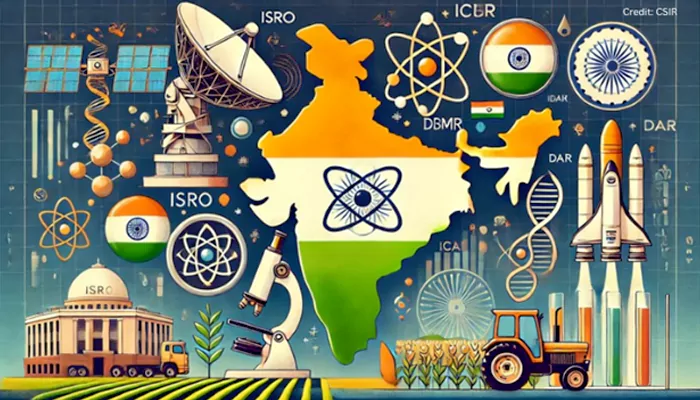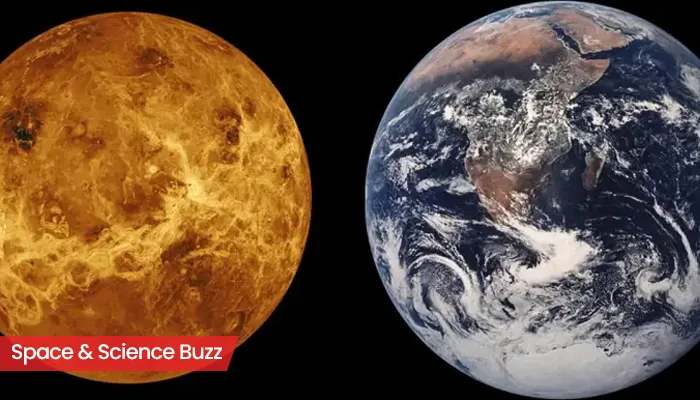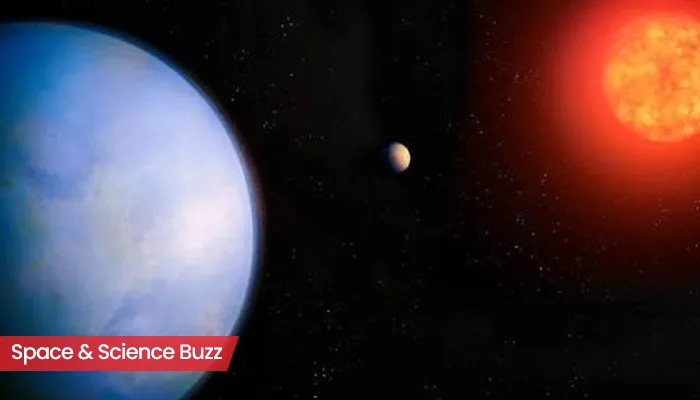
Here are today’s most important updates from the realm of Science and Space.
Delhi Earthquake Explained: The Science Behind the Underground Roar
EQ of M: 4.0, On: 17/02/2025 05:36:55 IST, Lat: 28.59 N, Long: 77.16 E, Depth: 5 Km, Location: New Delhi, Delhi.
— National Center for Seismology (@NCS_Earthquake) February 17, 2025
For more information Download the BhooKamp App https://t.co/5gCOtjdtw0 @DrJitendraSingh @OfficeOfDrJS @Ravi_MoES @Dr_Mishra1966 @ndmaindia pic.twitter.com/yG6inf3UnK
(Credit - X/@NCS_Earthquake)
Strong earthquake tremors shook Delhi-NCR in the early hours of Monday. The tremors of magnitude four on the Richter scale were felt at around 5:36 am at a depth of 5 kilometres, the National Centre for Seismology said. Delhi falls under Zone IV of India’s seismic map, indicating a history of moderate earthquakes. The shallower the epicentre, the more energy that can reach the surface. High-frequency seismic waves pass through the ground, sometimes creating audible sounds. The quake’s epicentre was located in Delhi, at a shallow depth of only 5 km. This shallow origin likely intensified the tremors felt across the region. The earthquake this morning was not severe, but it points to the region’s vulnerability to seismic activity.
Sunita Williams’ Next Challenge? Learning to Live with Gravity Again

As astronaut Sunita Williams prepares to return from her extended mission aboard the International Space Station (ISS), she faces the daunting challenge of readjusting to Earth's gravity. Butch Wilmore, a fellow astronaut, stuck in space with Williams revealed: "Gravity is really tough, and that's what we feel when we get back. Gravity starts pulling everything to lower extremities; fluids will be pulled down, and even lifting a pencil will feel like a workout.” This sudden shift will lead to discomfort and a feeling of heaviness as the body readjusts to gravitational forces. Both will undergo a rigorous rehabilitation program aimed at regaining strength and bone density. They have previously adapted quickly after extended missions and hope for a similar experience this time.
Cracking the Sugar Code: The Science Behind Dessert Cravings

A new study reveals how nerve cells tell us we are full, and also makes us crave desserts. The dessert stomach is not exactly the stomach in our brains but the nerve cells that guide us to crave some sweets. It is the same nerve cell that tells us we are full. The study revealed that eating dessert made research objects satisfied and release opiates which made them eat more sugar. Blocking this pathway stopped the cravings for dessert consumption. The head researcher stated: "From an evolutionary perspective, this makes sense: sugar is rare in nature, but provides quick energy. The brain is programmed to control the intake of sugar whenever it is available.” This study is expected to help in tackling obesity.
Climate Change is Turning Dengue into a Global Epidemic

Dengue is a mosquito-borne illness caused by the bite of Aedes species mosquitoes, which is prevalent in Southeast Asia, including in India, the western Pacific islands, Latin America, and Africa. But in recent years, the disease has spread to other parts of the world. In 2024, over 14 million dengue cases and over 10,000 dengue-related deaths were reported globally, as per the European Centre for Disease Prevention and Control. The disease is more prevalent during the monsoon season. The recent findings indicate that as temperature increases, the cases of dengue increases. The length of the dry season affects mosquito breeding—a longer dry season leads to more mosquito breeding, while a shorter dry season results in fewer mosquitoes.



.webp)
.WEBP)
.WEBP)
.webp)
.webp)


.webp)
.webp)
.webp)